Julian Dashper
1, 2, 3, 4, 5, 6, 7
5 May–12 May 20075 May–12 May 2007
Art critic Wystan Curnow once called Julian Dashper ‘the champion of the underprivileged signifier, himself included’. The Auckland artist made his name in the late 1980s and early 1990s, by creating a body of work which placed the supplements and marginalia of art centrestage. His works addressed art’s literal support structures (hanging devices, frames, packing materials) and its ideological ones (art history, art legends, and art criticism; CVs, slides, art magazines, invites and catalogues). Much of his work looked like self-referential, inwardly-focussed formal abstraction, but operated like conceptual art, gesturing out to its place in the art system and the wider world. At first Dashper’s work was keyed to New Zealand’s art history and its relation to the international art world, but in the mid 1990s he went through a gear change. He went from addressing internationalism as a fundamentally local concern to developing a more international practice. He became a peripatetic artist, making shows throughout the world. While his earlier work had drawn on the intimacy of the New Zealand art world (where Dashper could assume an audience hyperfamiliar with his work and local references), from the mid-1990s he increasingly took his work to new audiences in new places. As abstract as much of his recent work appears, a sense of the art-life remains key. Indeed Dashper has repeatedly exhibited his growing CV as a work, the ultimate work. With Dashper coming to Queensland for a two-person show with Kyle Jenkins in Toowoomba, we are taking the opportunity to stage a piggy-back project—a one week show sampling Dashper’s recent abstract work.















